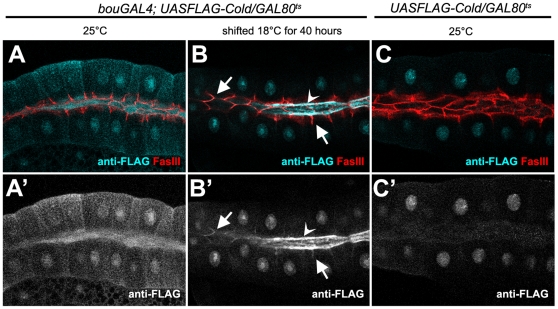Figure 9. FLAG-Cold is stably associated with the SJ in larval salivary glands.
(A–C′) Confocal single sections of salivary glands belonging to third instar larvae carrying the UASFLAG-cold construct and the tubulinGAL80ts repressor. (A,A′) At 25°C and in presence of the bouGAL4 driver, FLAG-Cold (cyan in upper panels, greyscale in lower panels) was present at high levels in the salivary gland lumen and the cell body. (B,B′) After 40 hours at 18°C the cell body staining disappeared but FLAG-Cold persisted in the salivary gland lumen (open arrowhead) and in lateral cell regions (arrows) accumulating FasIII (seen in red). A nuclear staining was also observed but it corresponds to a unspecific interaction of the FLAG antibody, as it was also present in larvae not carrying the bouGAL4 driver (C,C′).

